Mapping the Mind: Freud vs. Jung
A Brief History of Psychology: The Study of the Soul
It must be understood that psychology as a discipline, at least how we think of it today, did exist in antiquity. There were fairly well thought systems of belief however that framed psychology, the study of the soul, within the context of not only questions about from whence we came, i.e. the ultimate source of things, but also of its immortality, and its relationship in general – particularly in Platonic circles – with the realm of intelligibles which for all intents and purposes was its domain. There was no question to the ancients that man (and woman) had a soul, there were however questions as to whether or not animals (or plants for that matter) had Souls, whether or not the Soul persisted after death, and whether or not the actions in this life would have a long standing effect on the Soul after death – enter the question of heaven and hell which was related to questions on fate versus free will.
Many of these questions are still bantered about today in philosophic circles, and although much ground has been covered laying out the pros and cons of various viewpoints even in light of modern scientific developments, the fundamental questions still lay before us, somewhat unresolved really and have been relegated to questions of faith, like religion itself, and have been pushed out of the boundaries of scientific enquiry proper for the most part – an unfortunate consequence of modern scientific development in the twentieth century.
Psychology then, as a scientific discipline – the study of the Soul – and the analysis of and description of the faculties of mind which are part of this discipline were things that the sages and philosophers of antiquity were clearly very interested in and from their perspective held the key to happiness. It’s not clear that anything has changed from that perspective even today. From an academic perspective, we typically classify these works within philosophy, or to be more precise, metaphysics, which is the analytic counterpart to religion or theology. In modern times however, philosophic studies have become extremely narrow focusing primarily on epistemological questions and excludes physics, ethics, and political science, all of which fell under the ancient philosophic domain – at least to the Greeks – and all of which were synthesized in single coherent rational systems of thought. Psychology, the role of the Soul in human endeavors, albeit an important facet of this philosophic discipline, was not the be all and end all of the discipline itself.
To the masses, the ones who latched onto the Stoic and Epicurean systems of belief which laid out in practical fashion what could be done to achieve stability and happiness in this world, and even to the Peripatetic school to some extent, it was happiness, peace that was the goal of the practice. And in understanding the nature of the Soul, and how the mind behaves in relationship to it, one could have a better chance of taming it, tuning it, such that the great turmoils of life would not completely sink the boat of the human soul in despair, grief and sorrow – an affliction that was all to evident even to the ancients. The Stoic school in particular laid out a psychological approach, one based on the “assent” and the perfect rendering of the intellectual and decision making part of the mind, to achieve such perfection or happiness. The Platonic school took a much more metaphysical approach however, laying out principles of Being and Becoming and the supremacy of Forms and Ideas over sensory perception, laying out a path of the contemplation of these almost ethereal and abstract notions to lead one to the contemplation of the Good, from which true knowledge, true happiness, could be found all others stepped in ignorance.
In the Greek tradition however, consistent with its brother and sister theological positions to the South (Egypt) the East (Persia) and even in Judea to name but a few of the predominant theological schools that were influential and widespread at this time in antiquity, the fact that mankind was made in the cosmic image was a constant and consistent theme. There were exceptions of course, like in the materialist view of the Epicureans who although believed in the existence of the divine realm thought that the Gods were too busy to be bothered with the mundane affairs off humans, and who held that the universe consisted of the indivisible atoms who obeyed certain laws and which governed the earthly domain as well as the ethereal (and spiritual) domain, their ethics was based upon the optimal pursuit of pleasure and avoidance of pain, a social behaviorist view one might call it. But they believed in the Soul, just not its immortality, and to them there did exist an optimal functioning of the psyche even if it lacked some of the ethereal or esoteric features of some of the competing Hellenistic schools such as Stoicism and Platonism.
This was the psychological landscape of the Greek philosophical schools which grew somewhat symbiotically from the 5th century BCE to the time of Christ before his message of salvation, combined with a renewed interest in the Judaic studies took hold in the West. But as part of this movement, the Greeks left us with the traditions of ethics, political science and physics not as separate disciples but as integral parts of their philosophical tradition.
The goal of philosophy in antiquity was knowledge and understanding and the role of the Soul in his process was considered integral. Somehow, with all of our advancement in science and technology this link has been broken, and the breaking of this connection as significant intellectual and socio-political consequences – some beneficial to our individual and societal growth (for example freeing up the discipline of science from dogmatic religious authoritarian structures) and some detrimental (for example the relegation of the Soul as a non-real phenomena relegated to the domain of psychology).
Freudian Psychology: A Desire Optimization Problem
The bridge between science and religion that is a topic of such great interest in modern times as more learned intellectuals reject the mythology ridden religious traditions that have dominated the theological landscape for the past two thousand years, as the more radical forms of these religions become more and more isolated and more and more the source of political and violent upheaval and strife, has to cross the psychological divide. This is the common element that all humans share, no matter what their language, what their culture, what their nationality, what the color of their skin, or what their religious affiliation is. And in so doing, what we might find is that there are common elements there that not only help us understand each other’s perspective, but help to explain why religion has been such an important part of our evolution as a species and why it’s in need of substantial revision in modern times.
Interestingly, modern psychological theories follow parallel metaphysical lines to philosophical and epistemological debates that have been going on for millennia. The two most influential psychologists in the twentieth century, Freud (1856-1939) and Jung (1875-1961), developed almost diametrically opposing views of the mind while both attempting to establish the field of psychology on more scientific grounds. Each of them, despite their well-known collaboration for many years followed by a fairly well publicized fall out, established very different views on the boundaries of the individual psyche while both leaning heavily on the role of dreams and the unconscious as holding the keys to mental health and well-being.
Freud was the elder of the two scientists and was trained as a doctor of medicine (MD) at the University of Vienna with a background in biology and neurology, graduating in 1881 and spending the first 5 years of his career at the Vienna General Hospital before starting his own practice in psychiatry specializing in nervous disorders in 1886. He developed his more mature psychological theories that he is best known for fairly late in his career, first publishing the work that he is perhaps best known for, Interpretation of Dreams, in 1899.
In Interpretation of Dreams Freud lays out his basic theory of dreams as wish fulfillment mechanisms of the unconscious aspect of the mind, introducing the beginnings of what would become his Oedipus complex theory which establishes the connection between unfulfilled and repressed sexual desires, specifically childhood desires to have sexual relations with parent of opposite sex, as a cornerstone to his psychological framework. To Freud, the realm of the mind consisted of the conscious waking aspect which is what we are most aware of but represented just a fraction of the source of our personalities and characters, the unconscious mind which made up the bulk of the source material which drove our behaviors and actions – be they “conscious” or not – and a preconscious aspect of the mind which served as a filter or gateway for the conscious and unconscious mind.
In Interpretation of Dreams Freud developed what can be considered to be a topographical model of the mind where the conscious aspect, what we are most directly aware of and can easily recall, is just the tip of the iceberg, the unconscious aspect being the repository of repressed desires, primitive impulses and painful memories and experiences which although were not top of mind so to speak still played a critical and fundamental role in not only driving our behavior in general but also in many respects determining our ability to lead healthy and well-functioning lives as members of society. The unconscious aspect of the mind represented the core bulk part of the mental iceberg with the preconscious part of the mind mediating between it and the conscious part.
In his later work, in particular in Beyond the Pleasure Principle which is an essay he published in 1920, Freud expands his view of the psychic forces which drive individual behavior beyond the drive of procreation and over-turning of the authoritarian father (or mother) figure (Oedipal complex) to the conflicting and opposing desires for life, Eros which was an expanded version of libido, and the death drive(s), which came to be referred to as Thanatos by later academics. In this view of the psychological forces that guide human behavior, a view that was not and is not widely accepted in the broader scientific/psychological community mind you, Eros is seen as the guiding psychological force which produces creativity and harmony and fuels the desires for procreation and self-preservation. The “death drives” in this system, again Thanatos although Freud does not use this term, are responsible for mankind’s destructive tendencies, are the source of aggression and compulsive behavior and are the ultimate cause of self-destruction for both the individual and society at large.
Dreams, be they active waking dreams (daydreams or hallucinations) or dreams during sleep, played an important role in understanding these forces as they served as the means by which one could understand one’s desires and ultimately gain better control one’s behavior thereby leading a more healthy and fruitful life. In this context dreams had both “manifest content”, or their literal meaning and interpretation as well as “hidden content”, or their latent underlying meaning which required interpretative techniques to fully understand and comprehend.
The goal of Freud’s therapy then was to analyze and try to understand the contents of the hidden desires that lie latent in the unconscious aspect of an individual’s psyche, as manifest in dreams for example, so as to better understand and ultimately better control one’s behavior and psychological makeup.
To Freud the mind was a complex, fully deterministic and causal based biological system based upon psychic energy transformation. This view of the mind was very much aligned with scientific developments in physics and biology that ran parallel to his psychological work such as the conservation of energy, theory of electromagnetism, etc. In Freudian’s psychological framework, human behavior was fully deterministic and was driven by the interaction and interplay of complex forces of energy that were primarily designed for the procreation and survival of the species (Darwin’s Origin of Species was published in 1859). Man was not a spiritual being to Freud, but part of the natural order and subject to the very same natural laws that governed physics and biology and the universe as a whole.
Freud’s psychological work in this sense can be seen as a legacy of Enlightenment Era philosophical and scientific developments which rebelled against theological explanations not just for mankind as a species but also for man as an individual, independent being. To Freud the goal of life was the fulfillment of desire, within reason, and the secret to optimizing this equation of wish fulfillment as it were lay in the understanding and unraveling of the unconscious mind.
In his works Obsessive Actions and Religious Practices (1907), Totem and Taboo: Resemblances Between the Mental Lives of Savages and Neurotics (1913) and the Future of an Illusion (1927), Freud explains religion and the belief in the immortality of the Soul as remnants of prehistoric man’s attempt to understand dreams, death and the natural order of the universe, once a necessary and required function for the proper governance of society but can and should be set aside in favor of reason and science. Faith and belief in God to Freud, consistent with his biological and purely deterministic and non-spiritual view of the mind, was a neurological condition of society at large similar to obsessive and compulsive behavior at the individual level, i.e. a neurotic obsession.
In Beyond the Pleasure Principle (1920) and more comprehensively in his The Ego and the Id published in 1923, Freud supplants and further elucidates his psychological theory with a more structurally dynamic model (rather than topographic) which was more consistent with his mechanistic, deterministic and biological view of the mind. In these works he lays out a tri-partite conception of the psyche which starts with the driving force of desire which is inherent and innate in all man, his “id” which exists in the unconscious mind, combined with a normative and socially imperative force which corresponds to one’s conscience, or ego ideal, reflected in what he calls the “super-ego” (which is mostly but not entirely unconscious), and the “ego” which is the source of self-consciousness itself and mediates between the id and super-ego to govern overall behavior.
From this model Freud outlined clinical treatment based upon the goal of establishing harmonious relationship between these three elements. He also delineated different types of mental disorders, neurosis, which corresponded to conflicts between and among these various forces, establishing the prominence of “defense mechanisms” which are created by the personality to prevent conflicts between these various forces from becoming too acute: i.e. repression, sublimation (channeling of drives), fixation (failure to progress), regression – repression being the most significant.
Despite Freud’s emphasis on a fully deterministic and causal based psychological framework and dismissal of spiritual or religious factors as neurosis or psychological disorders however, his tri-partite framework is eerily reminiscent of a description of the soul from Plato’s Phaedrus, coming just after a case is made for the Soul’s existence and immortality:
Concerning the immortality of the soul this is enough; but about its form we must speak in the following manner. To tell what it really is would be a matter for utterly superhuman and long discourse, but it is within human power to describe it briefly in a figure; let us therefore speak in that way. We will liken the soul to the composite nature of a pair of winged horses and a charioteer. Now the horses and charioteers of the gods are all good descent, but those of other races are mixed; and first the charioteer of the human soul drives a pair, and secondly one of the horses is noble and of noble breed, but the other quite the opposite in breed and character. Therefore in our case the driving is necessarily difficult and troublesome.[1]
To Freud then, man is wholly a product of nature like the rest of the natural world and is governed by and must obey the same natural laws as the rest of the physical world. This is the legacy of the Scientific Revolution that Freud was a product of. And Freud’s psychological framework reflects his biological bent, where the human personality is product of the attempt to balance the basic human need to survive and procreate alongside the need to coexist as a member of society as a whole through which individual survival is ultimately predicated in fact. It is only through the balancing effect of one’s conscience, the role played by the super-ego, via the guiding force of the ego – the charioteer who guides the chariot so to speak- that peace and harmony for the individual within the context of society at large, i.e. balance, can be achieved.
Jungian Psychology: Alchemy as the Transformation of the Soul
In many respects sitting in contrast to Freudian psychology is the more expansive and inclusive psychological theory put forth by Carl Jung (1875-1961), a contemporary of Freud who collaborated with him early in his professional career but could not ascribe to a purely biological and neurological perspective of the human psyche, a conflict that caused a rift in their relationship and one that clearly had a profound effect on Jung himself.
From early in his career Jung was interested in the paranormal and occult phenomena, having been impacted himself by such occurrences from youth, and much of his intellectual pursuits and theories were influenced by alchemy and Neo-Platonism which provided for a more holistic perspective on the nature of the mind and the individual and the role of what he called the collective unconscious in providing the gateway toward personality wellness. Jung, in contrast to Freud but yet at the same time building upon his theories of the unconscious and the conscious aspects of the mind, established a theoretical framework of the psyche which not only called ou the direct influence and existence of an aspect of awareness that existed beyond the boundaries of time and space, but one which incorporated and called out specifically the reality of “ideas” and abstract thought – what he referred to as archetypes – which were the key to human understanding and effectively the goal of human life.
Jung was a doctor of medicine as was Freud, although he did not have a biological and neurological background as Freud did, with a much greater interest in spirituality and religion not as a reflection of ignorance and barbarism but as a system of symbols and myths that spoke to a higher self, if the language could be understood. In 1900 at the age of 25 Jung began working in psychiatric hospital in Zurich, authoring his dissertation in 1903 which was entitled “On the Psychology and Pathology of So-Called Occult Phenomena”.
His collaboration with Freud began in 1906 and the two had a very intense relationship that lasted a good 6 years. In 1912 he published Psychology of the Unconscious which ultimately proved to be the initiation of his break from Freud (the book was later revised and retitled to “Symbols of Transformation” in 1922) where he put forth his views on an expanded view of the unconscious relative to Freud’s position, incorporating the notion of the collective unconscious directly into his psychological model, a theoretical position that Freud absolutely rejected given his pleasure principle and biological based theoretical model, much to the consternation of Jung.
After the break from Freud, Jung had what can best be described as a psychotic or nervous breakdown, spending the next 13 years or so deeply immersed in his own mind in what he himself called a “confrontation with the unconscious”. He actually scrupulously documented the journey in a vast book that was published only just recently in 2009 as the “Red Book”, a detailed documentation of his own implementation of a methodology of active imagination where he effectively induced visions and hallucinations of sorts in order to explore the symbols and archetypes of his own mind and ultimately assimilate the underlying conflict into his own persona, a process which he referred to as individuation. Jung later claimed, despite its horrifying aspects and latent uncertainty, that this period of intense inner thought and contemplation was the source of inspiration for the bulk majority of the psychological theories and breakthroughs that he is best known for, his greatest creative period.
Jung’s theoretical differences with Freud were primarily in the role and nature of the unconscious aspect of the mind. Jung did not deny the existence of the unconscious, in fact he assimilated and incorporated many of Freud’s ideas into his framework, but he believed that the unconscious as consisted not just of the individual unconscious, but also of a more broad and expansive framework which was consistent across and accessible to all of mankind, his collective unconscious which to Jung was the storehouse of not only contemporary social norms and ideals but also the storehouse of all past ideas of ancestral civilization as well. It was the unconscious of man which underlay the individual unconscious of each individual that was the key to his psychological model, and the grappling with and ultimate assimilation and comprehension of one’s individual relationship with this collective storehouse of symbols and myths represented to Freud not just the goal of all religious systems throughout history but still represented the goal of all individuals in modern society – even if the understanding of religion needed to be adapted to assimilate a more profound psychological model based upon the psychological developments of the twentieth century based upon the analytic practices and learnings of scholars like Freud and Jung.
In this sense Jung more directly incorporated the role of society, and the history of mankind – a sort of metaprinciple of the human individual to which the individual psyche was intimately related. To Jung, the individual psyche was a manifestation of this collective consciousness, what he referred to as the persona which to him was a consciously created personality or identity fashioned individually using the storehouse of the collective psyche via the process of socialization and acculturation. To Jung, the persona was a specific unique reflection of the collective psyche at the individual level, a mask so to speak which was created to mediate between the individual psyche and the individual’s integration into society as a whole, while at the same time to conceal the true nature of the individual from the rest of the world. Again it was the true understanding of this relationship between the collective and individual aspects of the human mind, through the use of symbols and personal mythology – i.e. dreams, active imagination where universal archetypes and their role to the individual could be more clearly understood – that was the goal of psychotherapy and ultimately the goal of all human life.
Whereas Freud rejected theology and religion as an outdated social evolutionary construct that could, and should, be abandoned in the age of science, Jung on the other hand, saw all religions as a manifestation of the individuation process across different cultures and different times, being representative of the underlying language of liberation and freedom of a given culture and given society which actively and profusely leveraged archetypes and symbols to lead people through the path of life toward their ultimate goal.
To Jung, whose exposure to Eastern philosophy – specifically with alchemy which he interpreted as symbology for the transformation of the Soul (he published Psychology and Alchemy in 1944) and Taoism in general through his exposure to and interpretation of the I Ching – heavily influenced his theoretical developments, it was the transformation of the Soul as through the recognition of the power and existence of the collective storehouse of archetypes and symbols and their synthesis and integration into the individual persona which was not just the goal of therapy, but the goal of all sentient life.
He advocated not just the use of writing and documentation of dreams to facilitate this process – active imagination which he extensively utilized as was documented in the Red Book – but also advocated and was fascinated by geometric and other advanced imagery and symbology which he felt, as the traditions of the Eastern philosophy and Western esotericism from which he drew, that these symbols more than any of other means crystalized the integration of the individual with the collective and the integration of opposites which was so crucial to this process (think yin/yang). This underlying belief in the spiritual nature of mankind contrasts directly with Freud’s objectivist worldview.
Also of note is Jung’s attempt toward the latter part of his career to establish and integrate a theory of the existence of seemingly acausal and/or coincidental type events which had manifest themselves all throughout his life. These types of occurrences could be loosely categorized as paranormal type activities but Jung saw them as evidence of the synchronous and acausally related manifestation of archetypical images and symbols not only in the mental domain but also in the physical domain as well, speaking to the existence of a higher form of reality that was beyond the physical reality governed by laws of cause and effect. Jung himself, in his essay entitled Synchronicity: An Acausal Connecting Principle, describes the phenomenon as follows:
…it is impossible, with our present resources, to explain ESP, or the fact of meaningful coincidence, as a phenomenon of energy. This makes an end of the causal explanation as well, for “effect” cannot be understood as anything except a phenomenon of energy. Therefore it cannot be a question of cause and effect, but of a falling together in time, a kind of simultaneity. Because of this quality of simultaneity, I have picked on the term “synchronicity” to designate a hypothetical factor equal in rank to causality as a principle of explanation.[2]
His work in this area came in no small part through not just his exposure to the I Ching which arguably is based entirely upon the reality of and fundamental existence of this principal, but also at the behest of and in close collaboration with, to a limited extent Einstein and much more closely with Wolfgang Pauli (1900-1958), one of the pioneers of quantum physics in the first half of the twentieth century. The driving idea behind their work on the principle of synchronicity was that there existed an underlying metaphysical framework of reality which manifested not just what we understand about physics but also what we understand about psychology and the mind, attempting to bridge the mind/body intellectual gap which has been such a difficult problem not just throughout the history of philosophy but in modern times as well[3].
Summary
In summary then, our understanding of the psychological landscape today, at least one based upon findings of those professionals that have had a strong and practical analytic practice, sits between the two theoretical alternatives that have been provided by Freud and Jung, even today. From Freud’s standpoint, we are autonomous creatures driven by desire and through a proper understanding of the various facets of the individual personality we can not only understand various pathologies and disorders but also come to a better understanding of ourselves as biological beings who are plagued by desires but who at the same time must coexist within familial and more broad social structures. From Jung’s standpoint there is a greater and larger force at work which underlies our personal psyche’s and the understanding of these forces, which speak to us using symbols and personalities that have expressed themselves to mankind through dreams, religions and mystical experiences throughout the history of mankind, leads to the full blossoming of the individual personality within the very same social structures that were a key element in Freudian psychology as well.
[1] Plato, Phaedrus, 246a-246b. Plato. Plato in Twelve Volumes, Vol. 9 translated by Harold N. Fowler. Cambridge, MA, Harvard University Press; London, William Heinemann Ltd. 1925. From http://www.perseus.tufts.edu/hopper/text?doc=Perseus%3Atext%3A1999.01.0174%3Atext%3DPhaedrus%3Asection%3D246a
[2] From wikepedia entry on Synchronicity at http://en.wikipedia.org/wiki/Synchronicity. Quote from Carl Gustav Jung, The Structure and Dynamics of the Psyche, p 435 The Collected Works of C. G. Jung, Volume 8 Routledge London.
[3] Jung’s work on synchronicity in collaboration with Pauli is analogous to work on implicate and explicate order concepts but forth by the physicist David Bohm toward the latter part of his career. See Snow Cone Diaries, Part II Chapter on Quality and the Implicate Order, by Juan Valdez published in 2014 by Authorhouse for a detailed look at Bohm’s notion of the implicate order and its relevance to both psychology and physics.

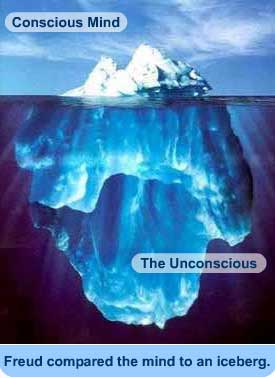

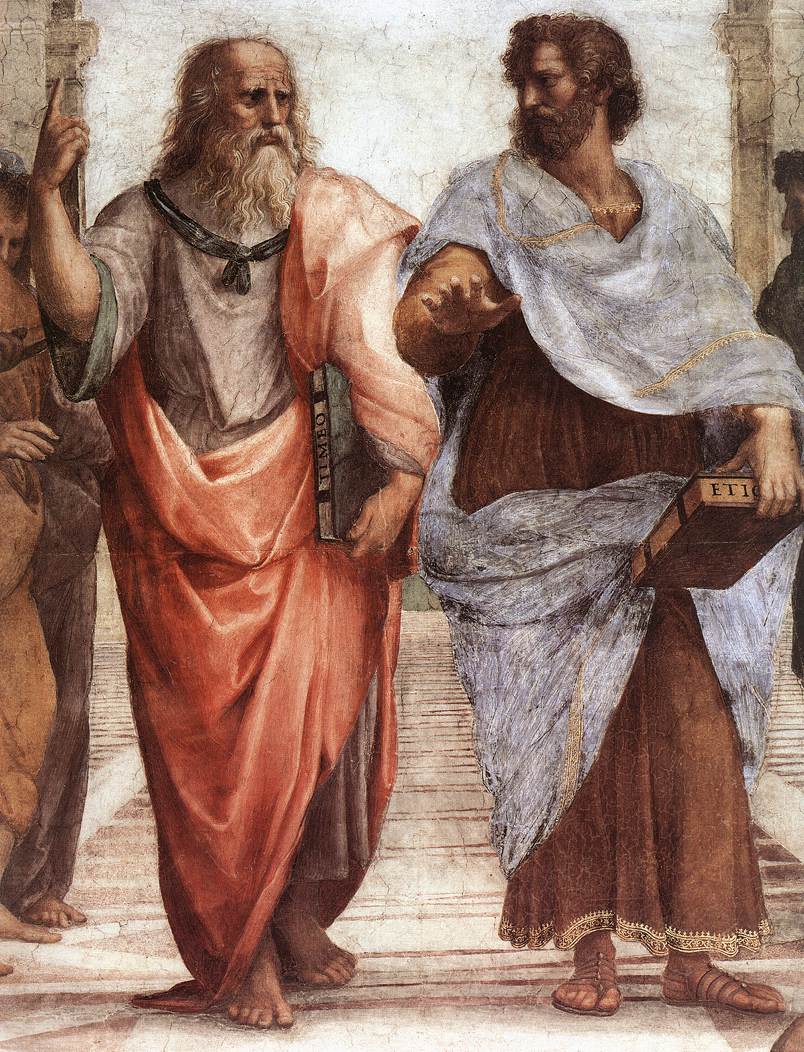
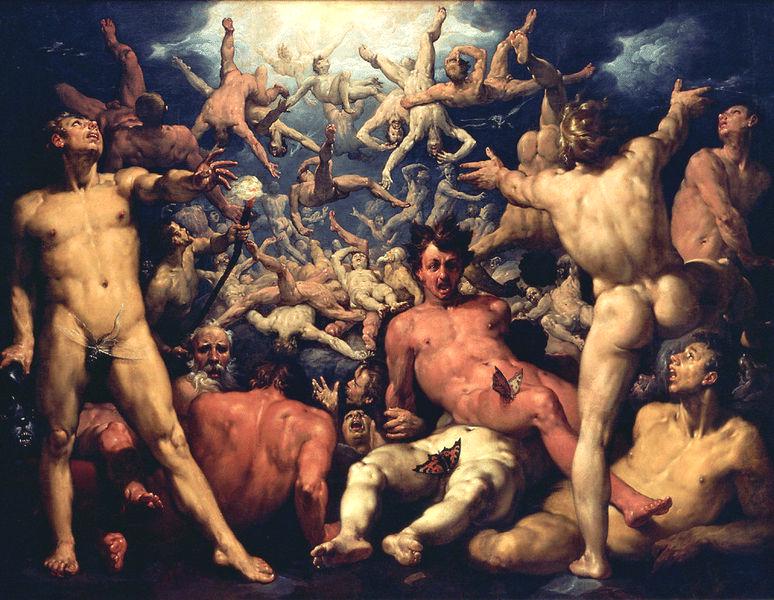
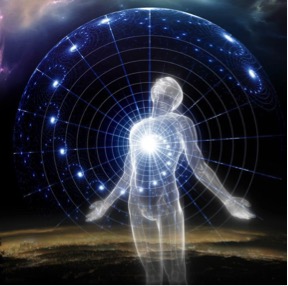
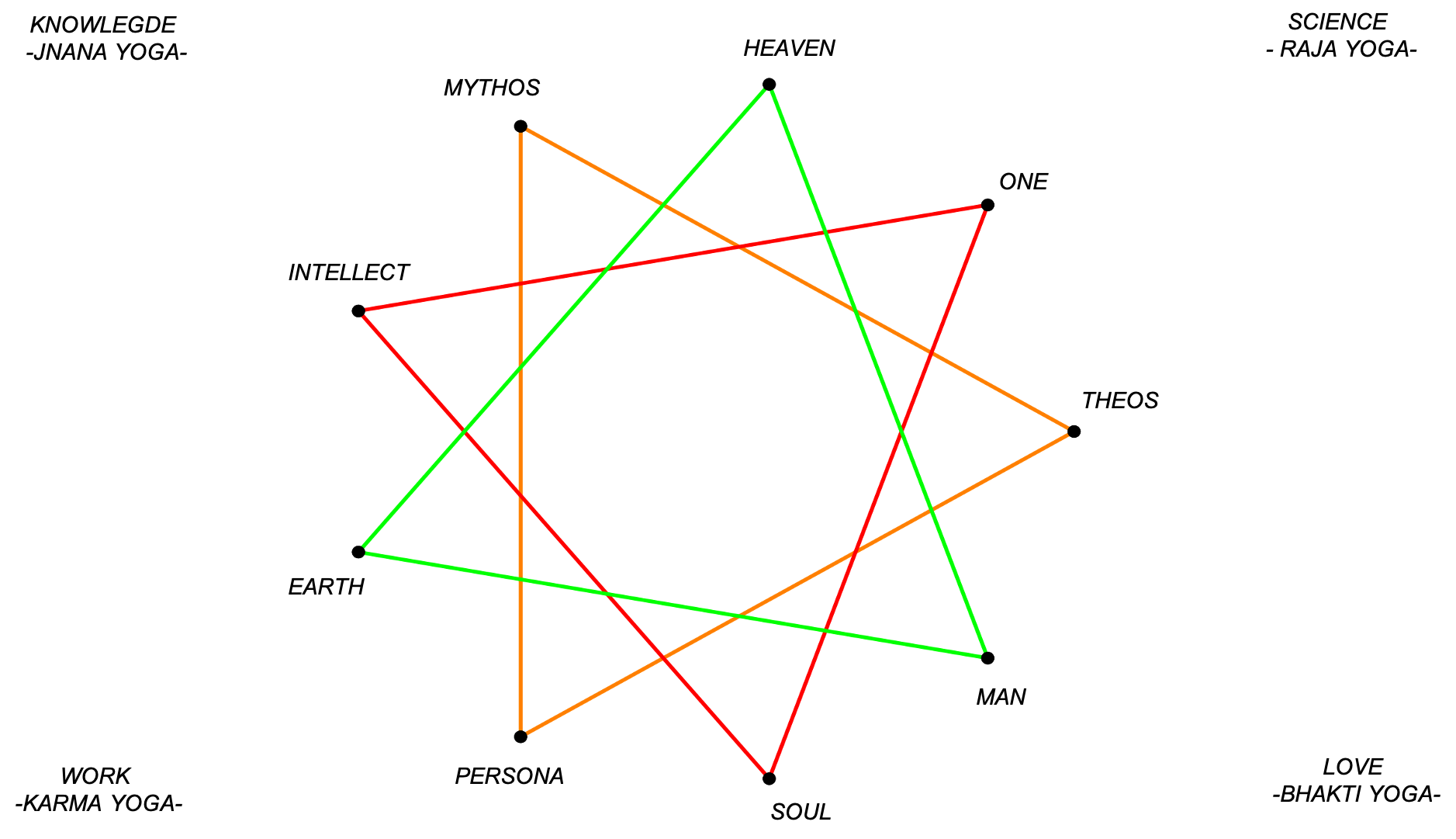
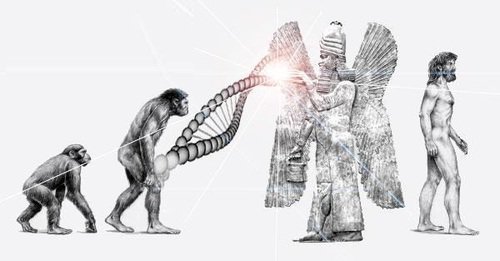

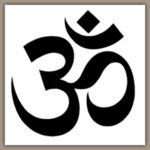
Reblogged this on Virgilio Leonardo Ruilova Castillo.
yes thats my post 🙂